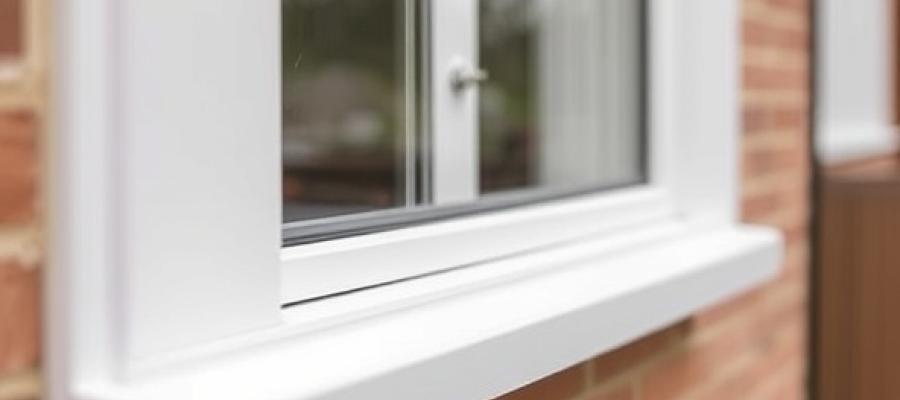Innovations in UPVC Technology

Exploring the latest advancements in UPVC materials and manufacturing techniques.
The UPVC (Unplasticized Polyvinyl Chloride) industry has witnessed significant innovations in recent years, particularly in the areas of sustainability, design, and functionality. One major advancement is the development of eco-friendly UPVC materials that reduce environmental impact. Manufacturers are now producing UPVC that is recyclable and made from sustainable sources, aligning with global efforts to promote green building practices. Additionally, advancements in manufacturing techniques have enabled the production of more durable and energy-efficient UPVC products. Improved insulation properties mean that UPVC windows and doors can now contribute significantly to energy savings in homes and businesses. These products are designed to maintain optimal indoor temperatures, thus reducing reliance on heating and cooling systems. In terms of design, modern UPVC profiles offer greater aesthetic appeal than ever before. The availability of various colors, finishes, and styles allows homeowners to customize their windows and doors to match their preferences. This flexibility not only enhances the beauty of buildings but also increases property value. Smart technology integration is another trend shaping the future of UPVC products. Manufacturers are now incorporating features such as smart locks and sensors into UPVC doors and windows, providing enhanced security and convenience for users. This integration is particularly appealing to tech-savvy consumers looking for modern solutions in home automation. Lastly, increased awareness about the benefits of UPVC among consumers has contributed to its growing popularity. As more people recognize the advantages of UPVC, including low maintenance, weather resistance, and long lifespan, demand continues to rise. Overall, these innovations are setting the stage for a brighter future in the UPVC industry, making it an exciting time for both manufacturers and consumers alike.
